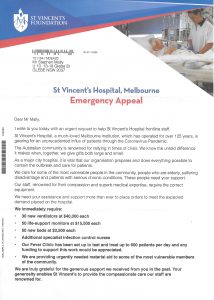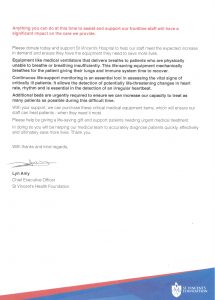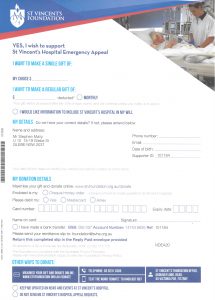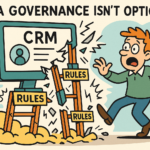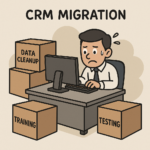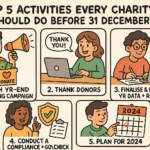St Vincent’s Foundation Emergency Appeal hits the mark

We are all sending and receiving emergency appeals. Appeals to raise badly needed funds to fill funding gaps caused by events cancellations, major gifts, and corporate support downturns. I received an appeal two weeks ago from the St Vinvent’s Foundation. The St Vincent’s Foundation Emergency Appeal hits the mark. It hit all the marks for me.
I have written about appeals in prior blog posts. The St Vincent’s appeal was amongst the first I received. CEO Lyn Amy demonstrates urgency throughout the appeal. She highlights the six most urgent items needed to meet the demands of the COVID-19 crisis. 30 new ventilators at $40,000 each; 50 life-support monitors at $15,000 each; 50 new beds at $3,500 each; additional specialist infection control nurses; a fever clinic set up to test and treat up to 600 patients per day; and materials for some of the most vulnerable members of the community. These are tangible items and similar things we have heard time and time again from countries and cities ahead of Australian cities in the life of this pandemic.
The response device is clean, well organised, and asks for all the details in a best practice fashion. St Vincent’s Foundation offer donors a multitude of ways to make a donation – by sending the device in the post; online; bank transfer; telephone; and, even, text to donate.
The Foundation offer a Conornavirus fact sheet enclosed in the appeal. The fact sheet includes a hotline for the recipient to call to seek more information 24-hours a day.
I was motivated when I received the St Vincent’s Foundation Emergency Appeal. I trust their constituents were, as well, and that the appeal raised much needed funds from countless donors. As a non-donor of St Vincent’s Hospital Foundation, I can say hand on heart the appeal converted me.
